SUMMARY
This is AI generated summarization, which may have errors. For context, always refer to the full article.
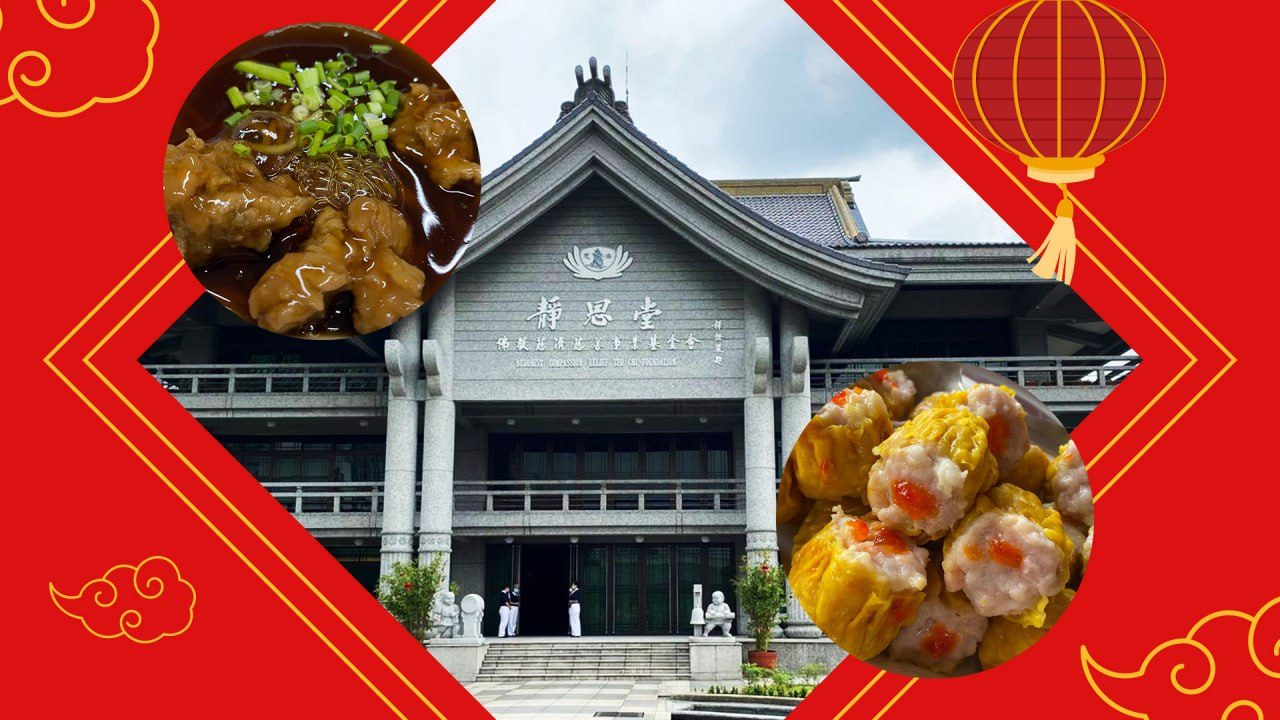
MANILA, Philippines – Did you know that there’s also a Chinatown district in Banawe, Quezon City? Only aware of Binondo’s, I was pleasantly surprised to discover what QC’s Filipino-Chinese cultural hotspot was proud to offer tourists and QCitizens during the QC Chinatown Heritage Tour on Friday, February 9.

A local tourism initiative organized by the Quezon City local government just in time for Lunar New Year, the QC Chinatown Heritage Tour took us on a one-day itinerary of nine “hidden gem” tourist spots – five restaurants, two temples, a museum, and a landmark – all within one of the largest Chinatowns in the world, spread out across 591.8 hectares!
Mandarin Sky Banawe
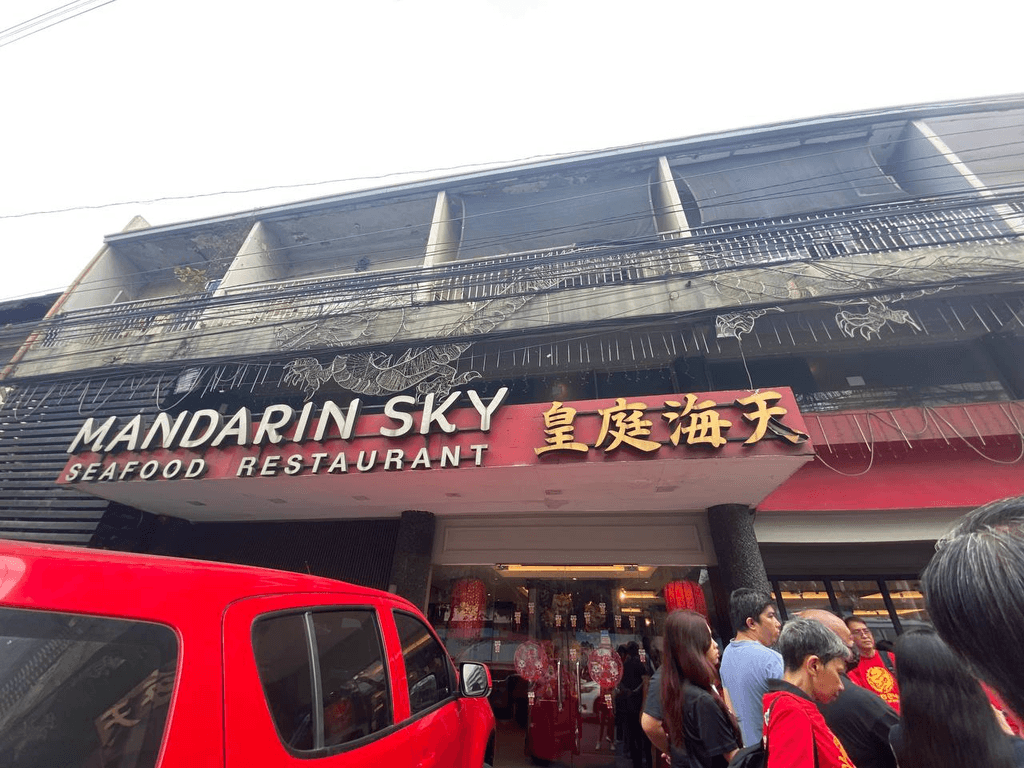
The day started off with a relatively “light” but satisfying Chinese brunch at Mandarin Sky – a staple, traditional Chinese restaurant in the area that served us noodles, different kinds of dim sum (siomai, beancurd roll, chicken feet), garlic beef tenderloin, and fried but tender squid in a light, sweet-savory sauce with red onions.
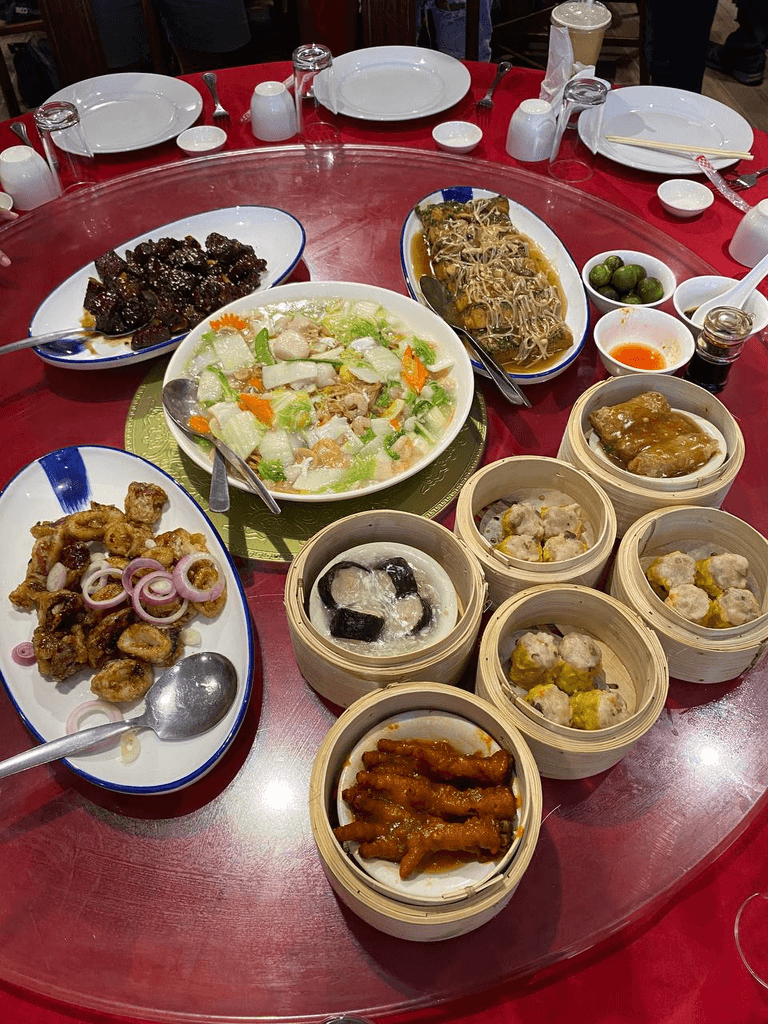
The cuisine is as traditional as you could expect from an institutional dining spot – lazy susan tables and festive red decor included.
Tzu Chi Temple
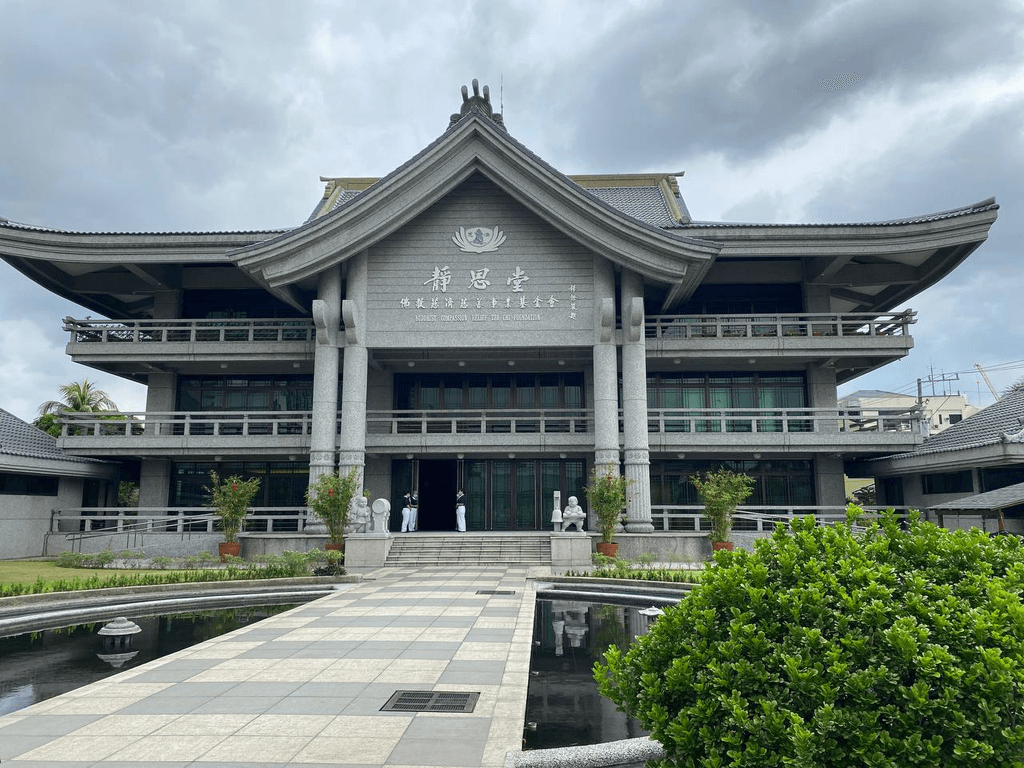
Our first cultural stop was the beautiful temple of the Tzu Chi Foundation, a humanitarian, volunteer-driven nonprofit organization founded in Taiwan 58 years ago and established in the Philippines in November 1994 – almost 30 years ago. The name “tzu chi” translates to “compassion and relief,” which is what the foundation provides people in need through various charity, medicine, education, and environmental protection programs.
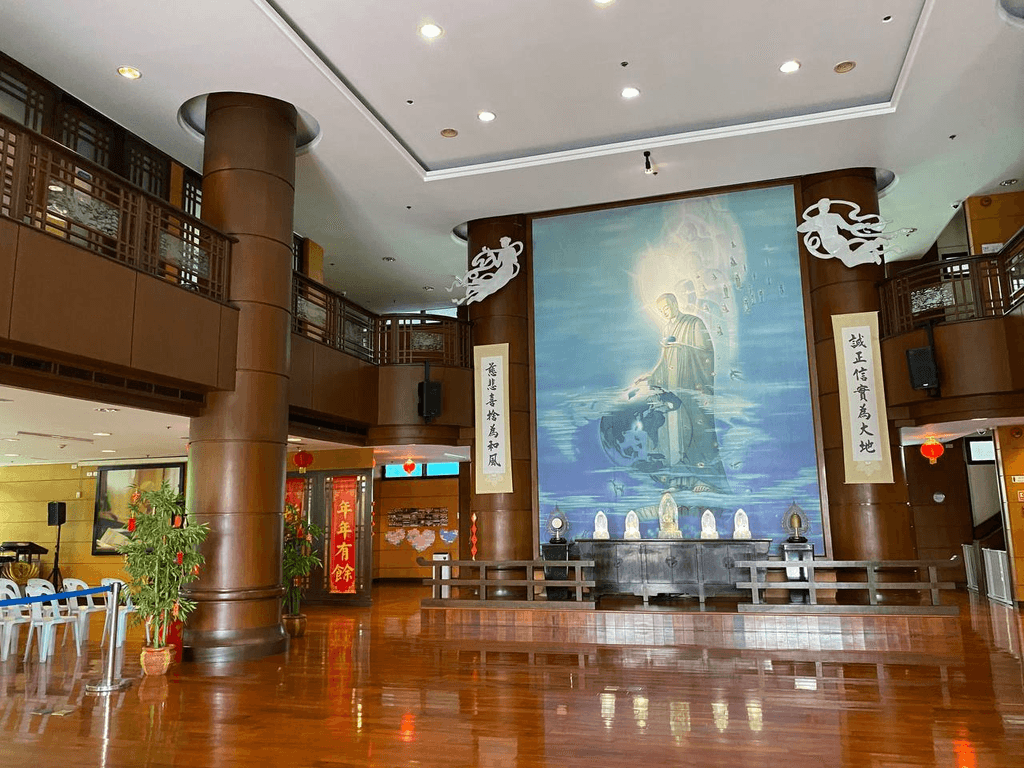
We took off our shoes before entering the spacious foyer, where a floor-to-ceiling portrait of Dharma master and Buddhist nun Cheng Yen greets guests.
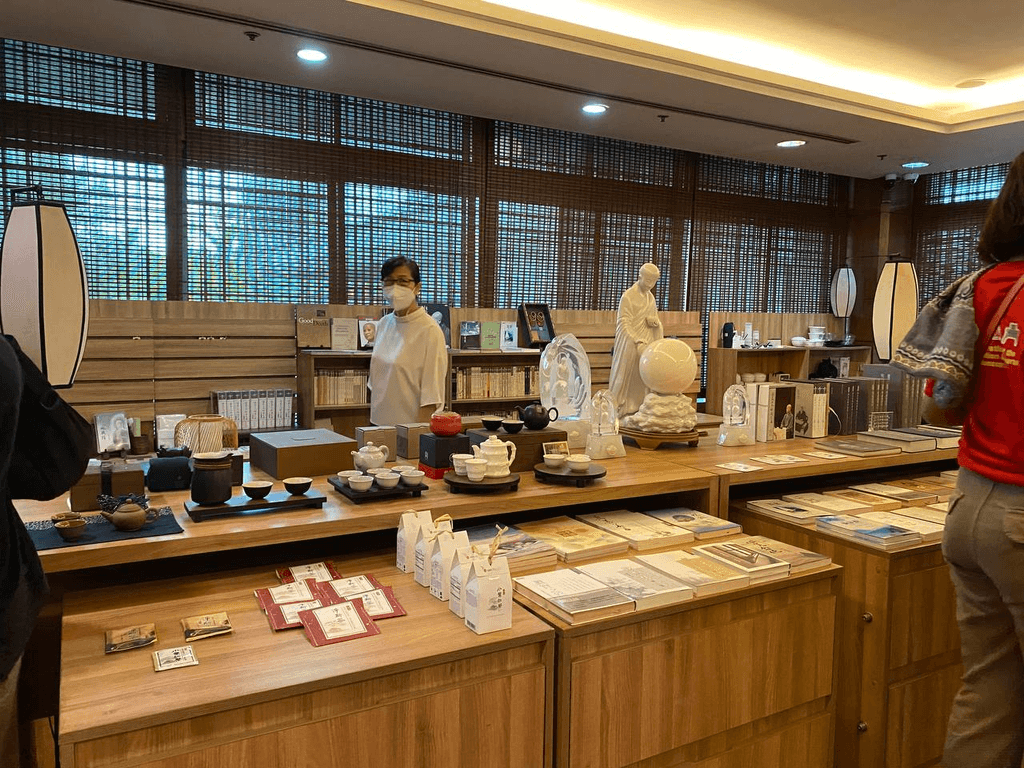
On the right side is Tzu Chi’s bookstore, where cookbooks, educational books, snacks, tea, ceramics, and sustainable shirts, shoes, and bags made from recycled PET bottles are sold. All proceeds go directly to the funding of Tzu Chi’s programs.
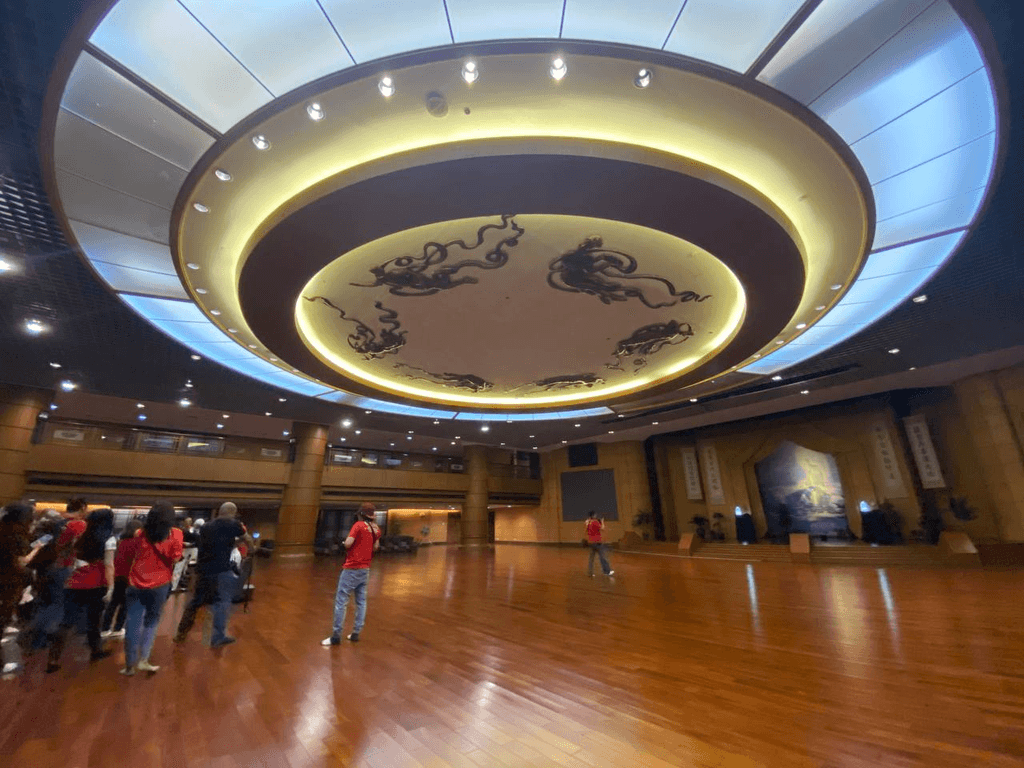
We also visited the temple’s huge basement, where all of their masses and events are held. Aside from the circular sky roof and ceiling, we were given a demonstration of how Tzu Chi’s sustainable pews – made from recycled plastic in Taiwan – are modified for different uses. Anyone is welcome to visit!
Sheng Lian Temple
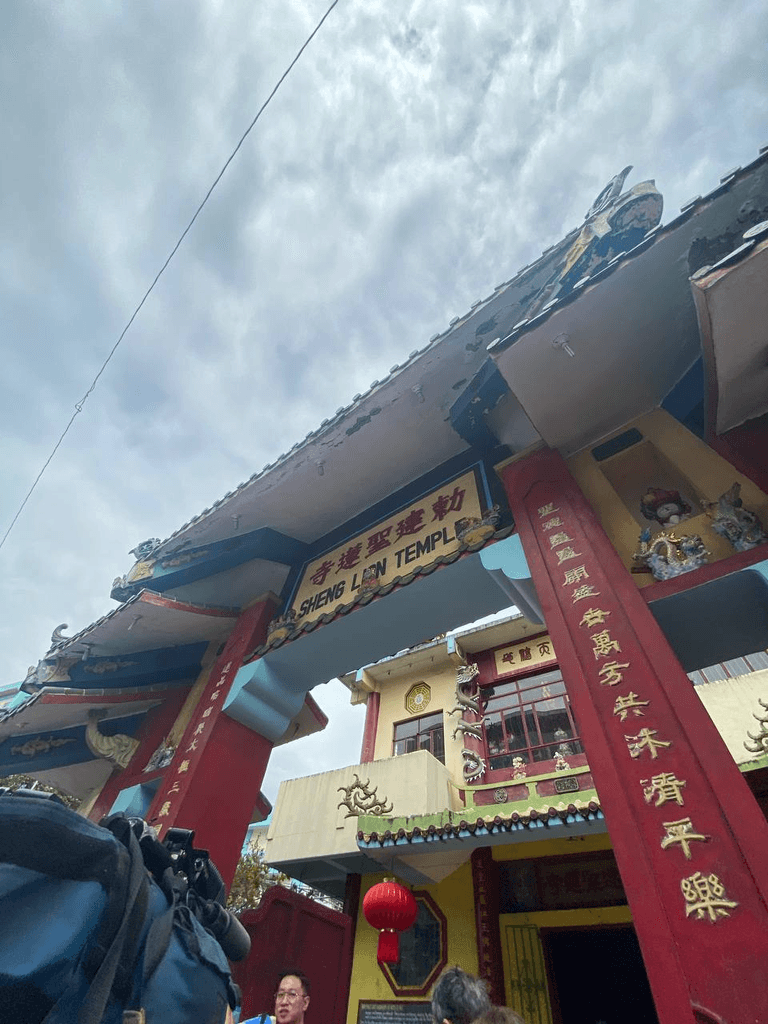
Next, we dropped by the oldest temple in the district, the Sheng Lian Temple, which was built in the 1960s. It’s headed by feng shui expert, Father Wongsengtian, who was there for a while to say hello and give his blessings.
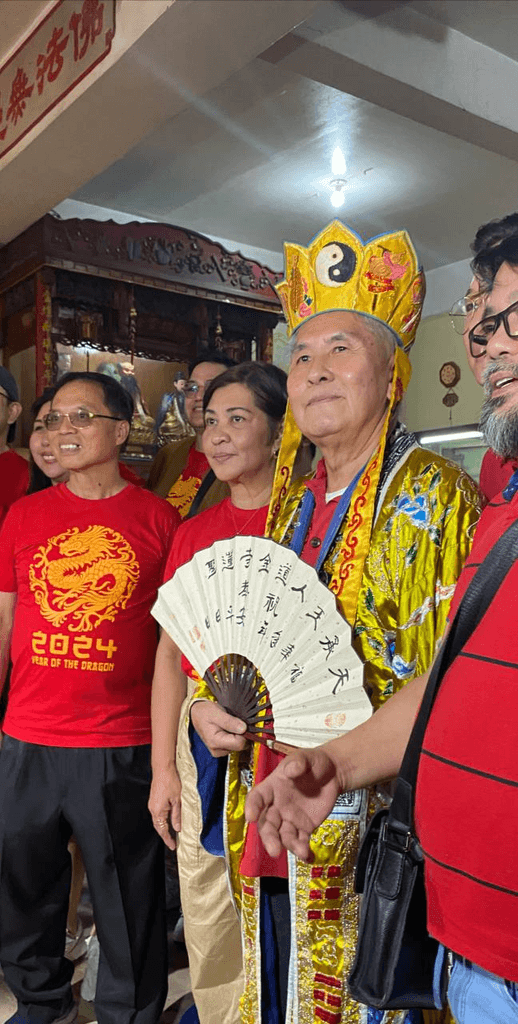
It’s a small and colorful temple, where offerings of fruits and produce are given at the altar, and prayers and intentions are offered via incense.
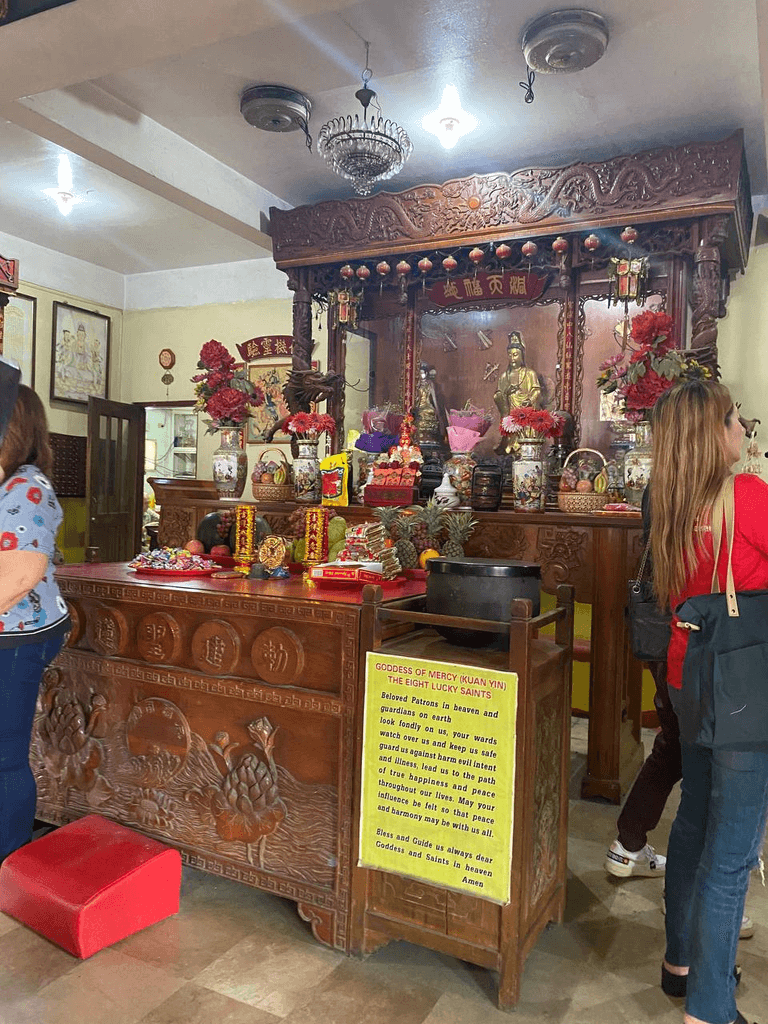
Paifang Arches
The Paifang Arches are the concrete symbol of the Filipino-Chinese friendship that was officiated in 2005. The city council approved the development of Banawe Street as a special economic growth area due to many Filipino-Chinese establishments growing around the area then.
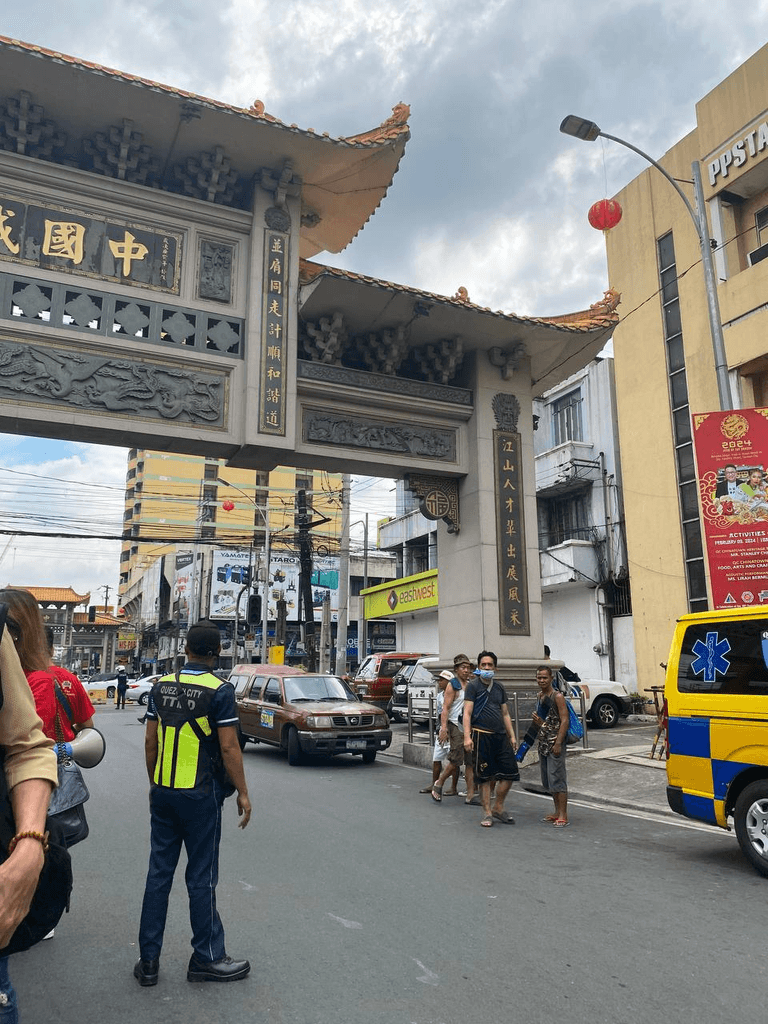
These two landmark arches located at the north-south intersection of Banawe Avenue and Quezon Avenue were constructed to mark the establishment of the street as a new Chinatown and was donated by the QC Association of Filipino-Chinese Businessmen Inc.
Wow Toy Museum
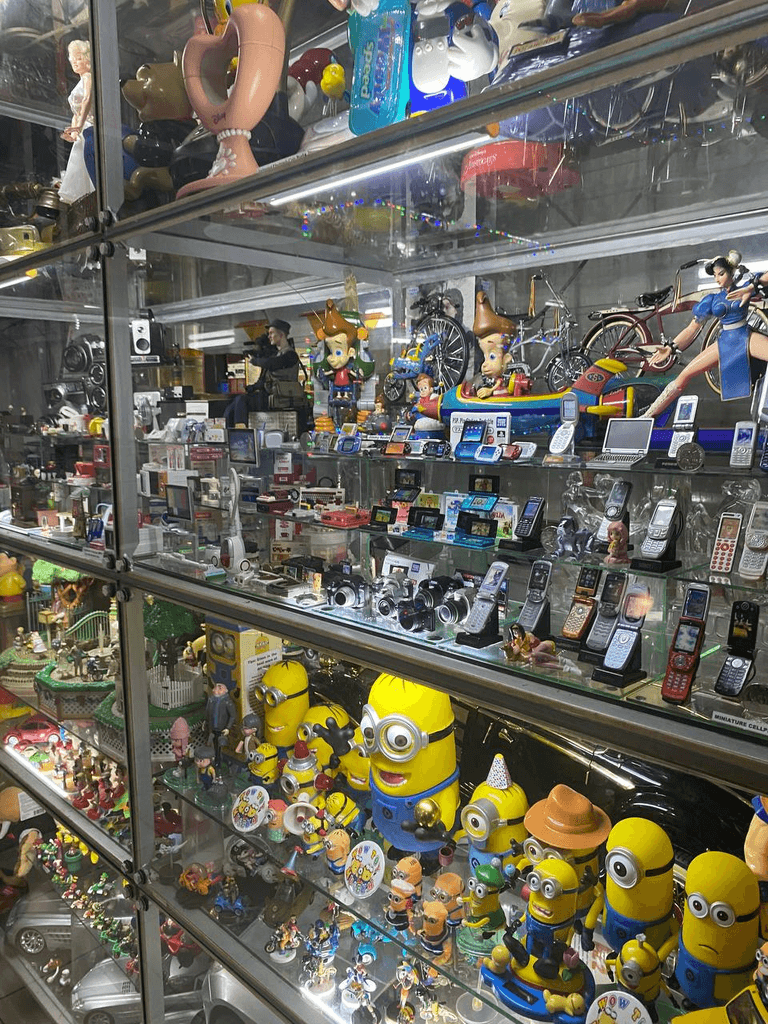
We also paid a visit to the Wow Toy Museum, a literal hidden gem of Quezon City – I had no idea such a tourist spot existed. It’s a small but packed home that has six small rooms, each one filled with glass displays of over 10,000 toys and collectibles since the 1950s.
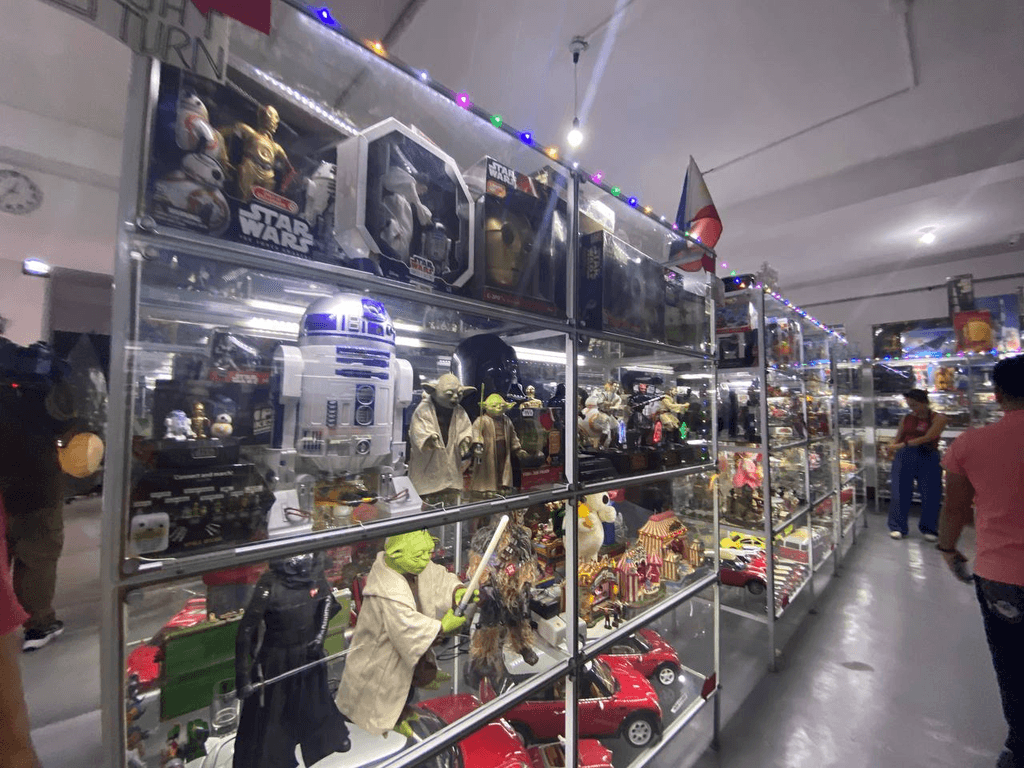
Owner and collector Jimmy Madarang takes pride in his family-owned collection of toy cars, pop culture collector’s items, trinkets, dioramas, dolls, and thousands more blasts from the pasts. Since there were so many shelves on display, we unfortunately didn’t have enough time to check everything out. It is an entertaining stop for kids and the kids-at-heart, though!
Causeway Restaurant

Hailed by Causeway’s owner as “the spot for all Tsinoy gatherings,” Causeway Restaurant is also considered a staple Cantonese restaurant for families in (and outside) the area craving for authentic Chinese comfort food.
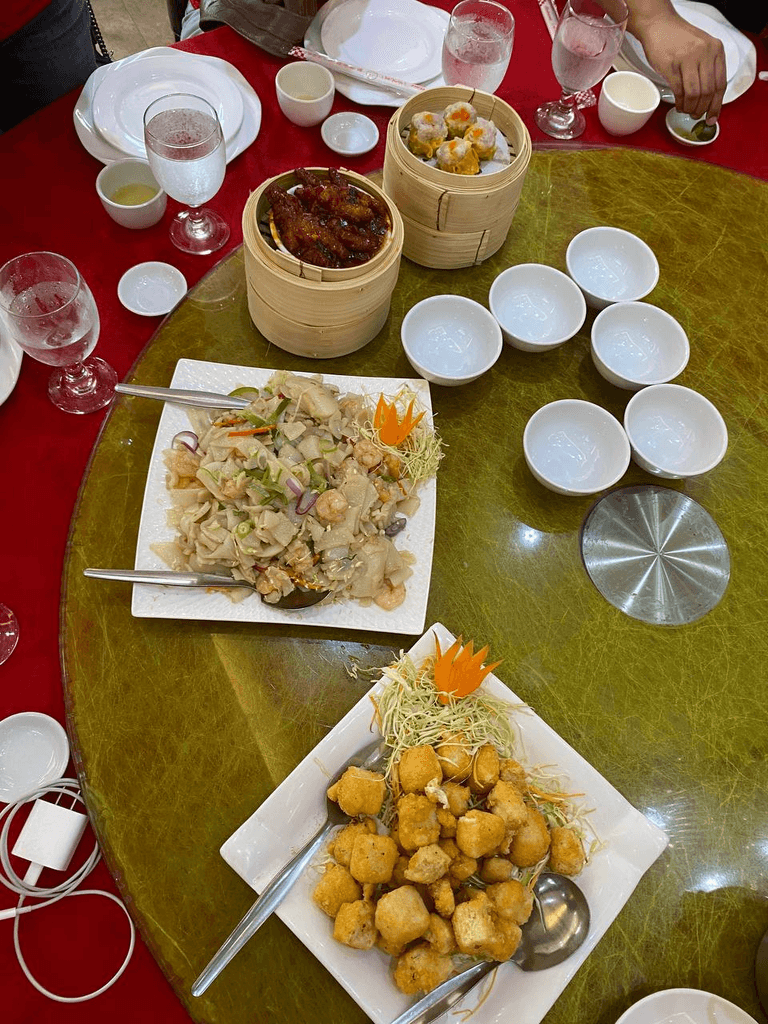
Shoutout to the dim sum, shrimp sesame rolls, asado siopao, and crispy tofu, which was a crowd favorite! It may look unassumingly simple, but this vegetarian dish packs a lot of salty, umami flavor in its delicately crisp and light breading, which encases a block of soft tofu that just melts in your mouth.
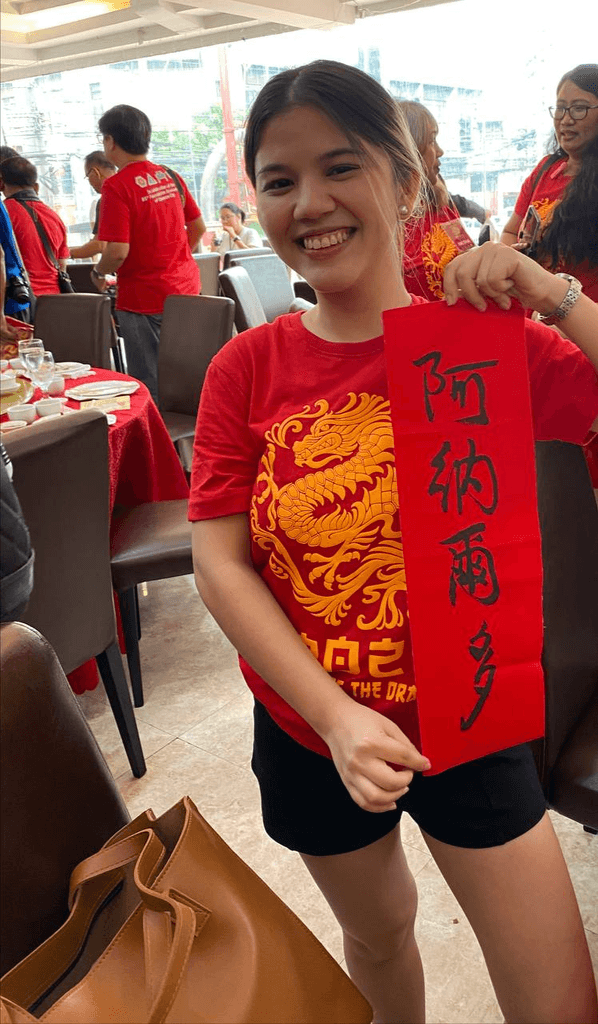
Cai Hok

Located on the second floor of Z Square, Cai Hok Seafood Restaurant is known for its fresh seafood selection (there are aquariums of live fish by the entrance) and dim sum selection.
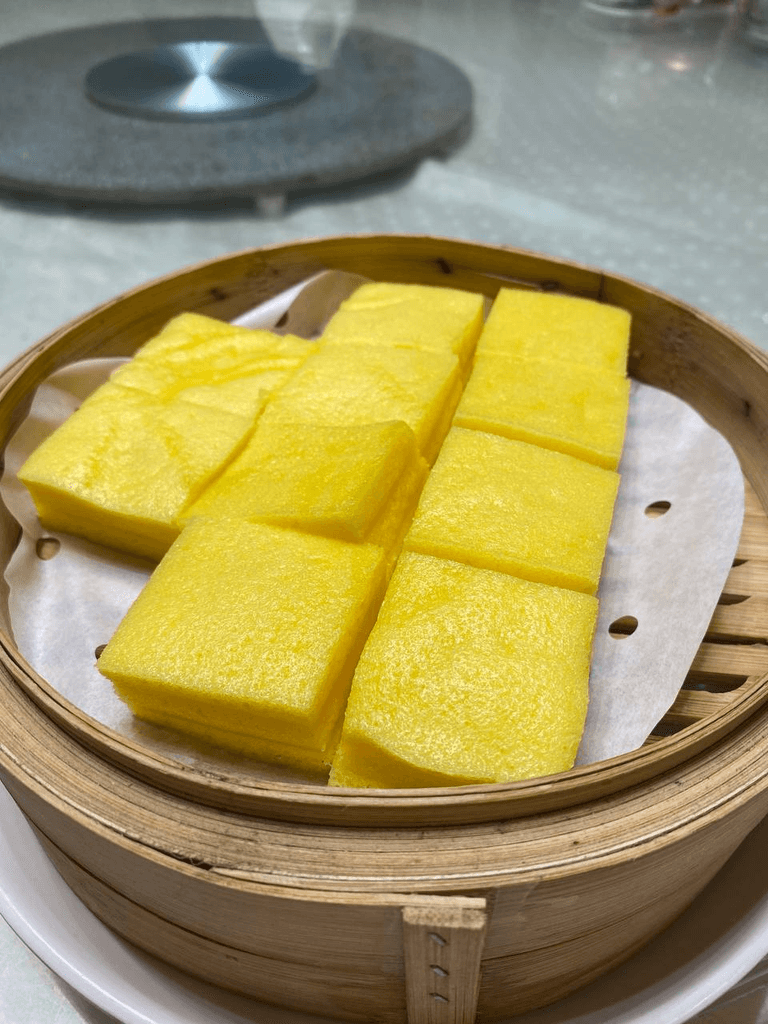
There was pork asado, dim sum (again, but who’s complaining), siopao, and a favorite of the day: Ma Lai Go! It was my first time to see and try this yellow, fluffy sponge cake pastry, which is a staple street cart treat in Southern China and Hong Kong. It’s a steamed soft cake that tastes almost like sweet pancakes, with thin layers of sweet custard in the middle.
David’s Tea House
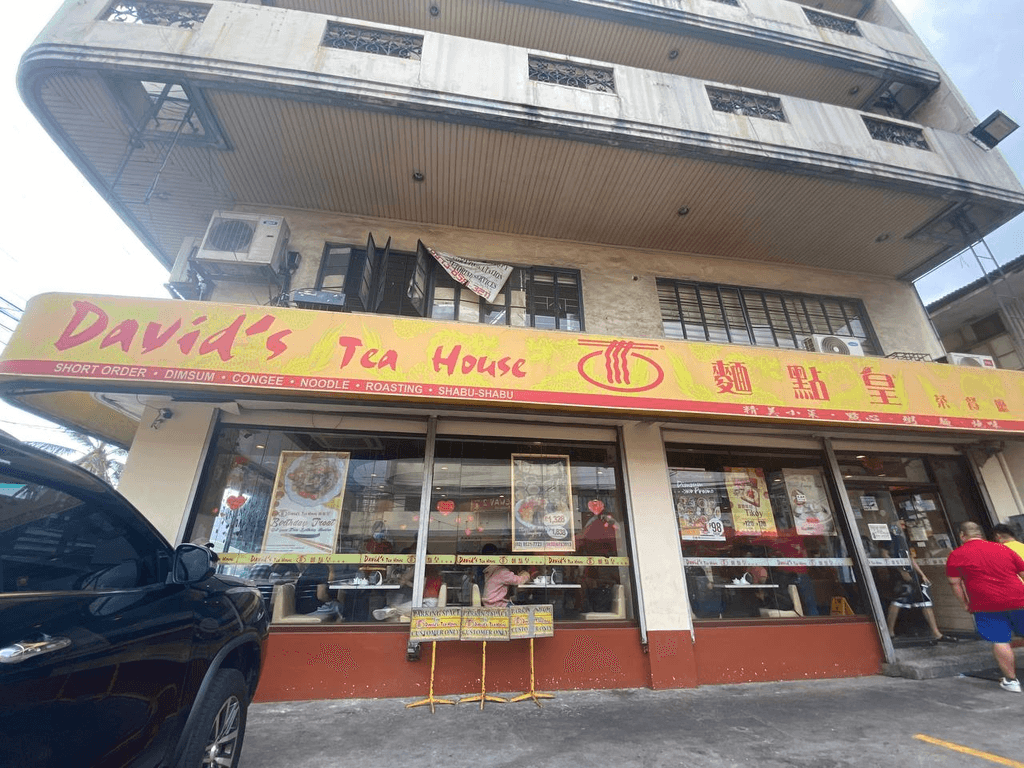
Well-known Chinese restaurant chain David’s Tea House was one of our last stops, and the affordable siomai didn’t disappoint as usual, paired with its signature chili garlic sauce and toyomansi combo.
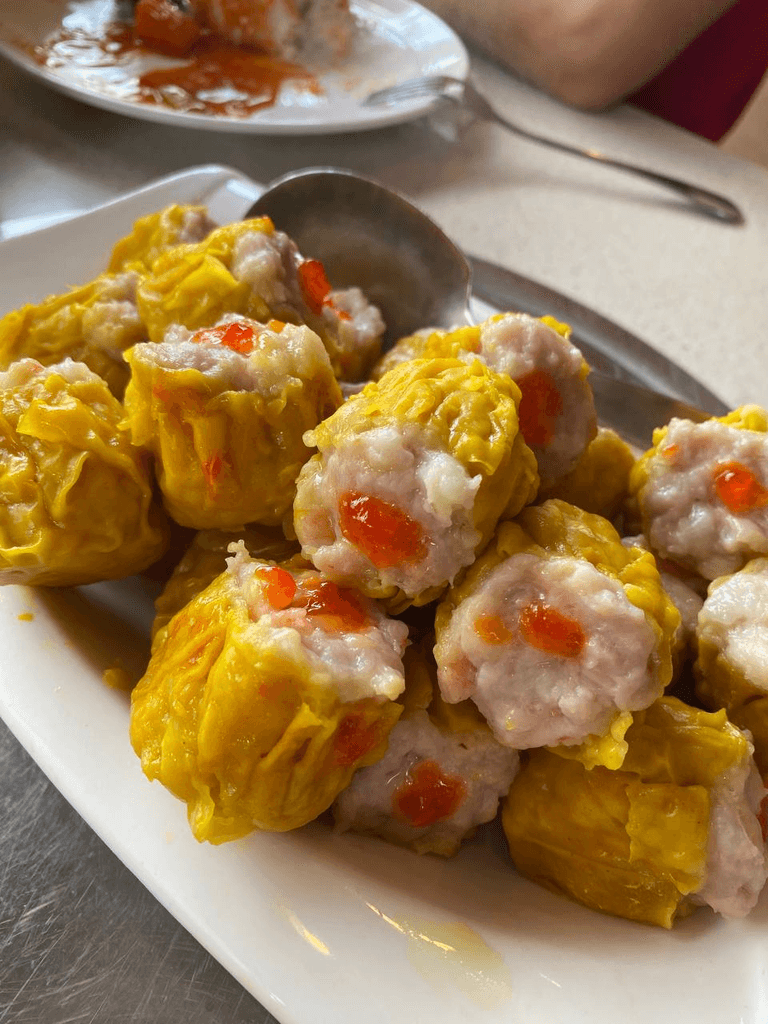
They also have frozen dim sum and siopao you can bring home!
Maki Haus
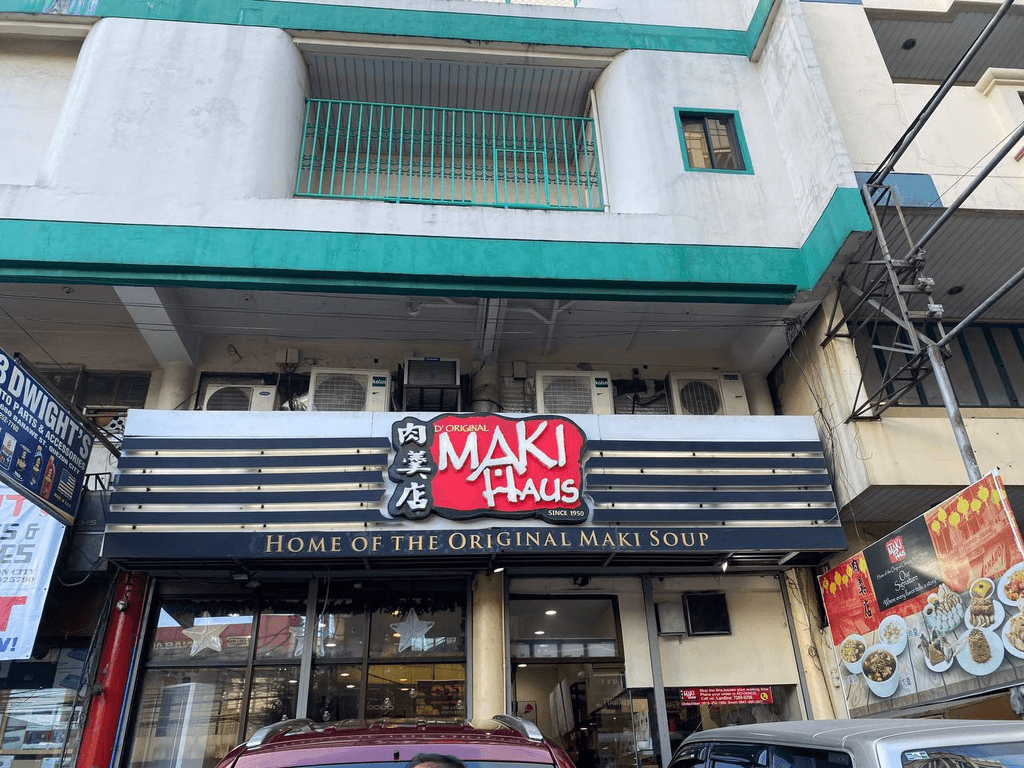
Did we save the best for last? Perhaps, because the last stop on our food itinerary was Maki Haus, a small, family-owned outlet that prides itself on being “D’ Original Maki Haus Noodles.”
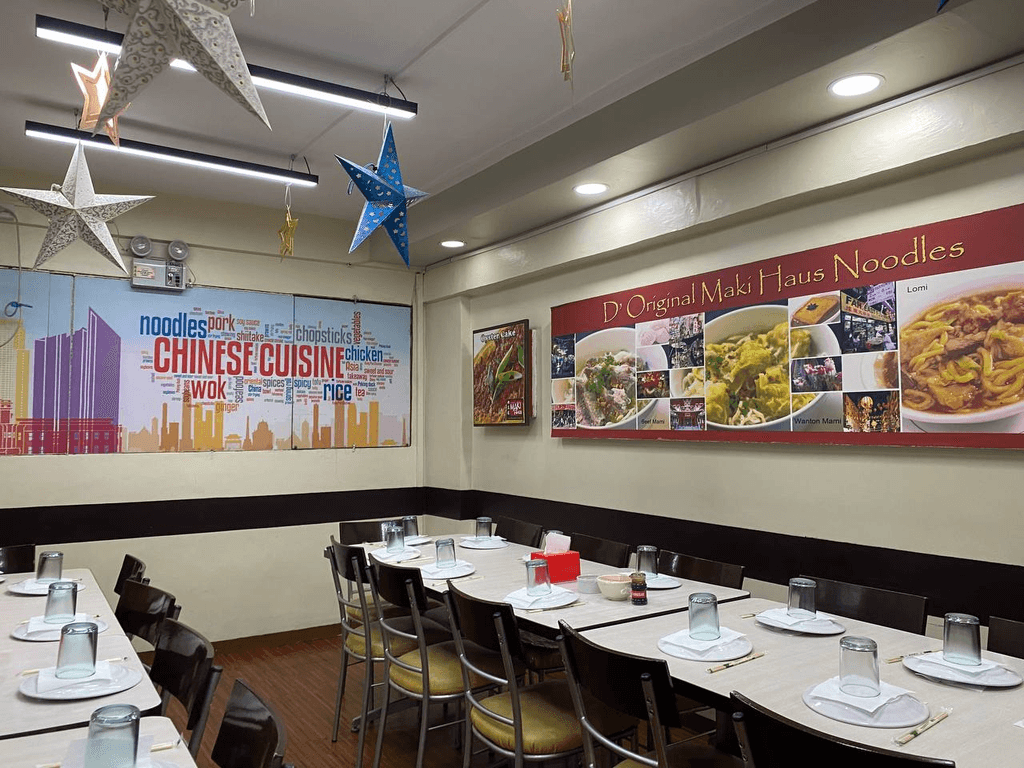
Known for its traditional Hokkien cuisine, Maki Haus’ specialty is the maki mi, a hearty and savory Chinese soup dish with chewy noodles, a rich gelatinous broth, and soft chunks of pork tenderloin, garnished with spring onions. The restaurant has been around for almost 70 years, still serving the same family recipes since the 1950s throughout four generations already.
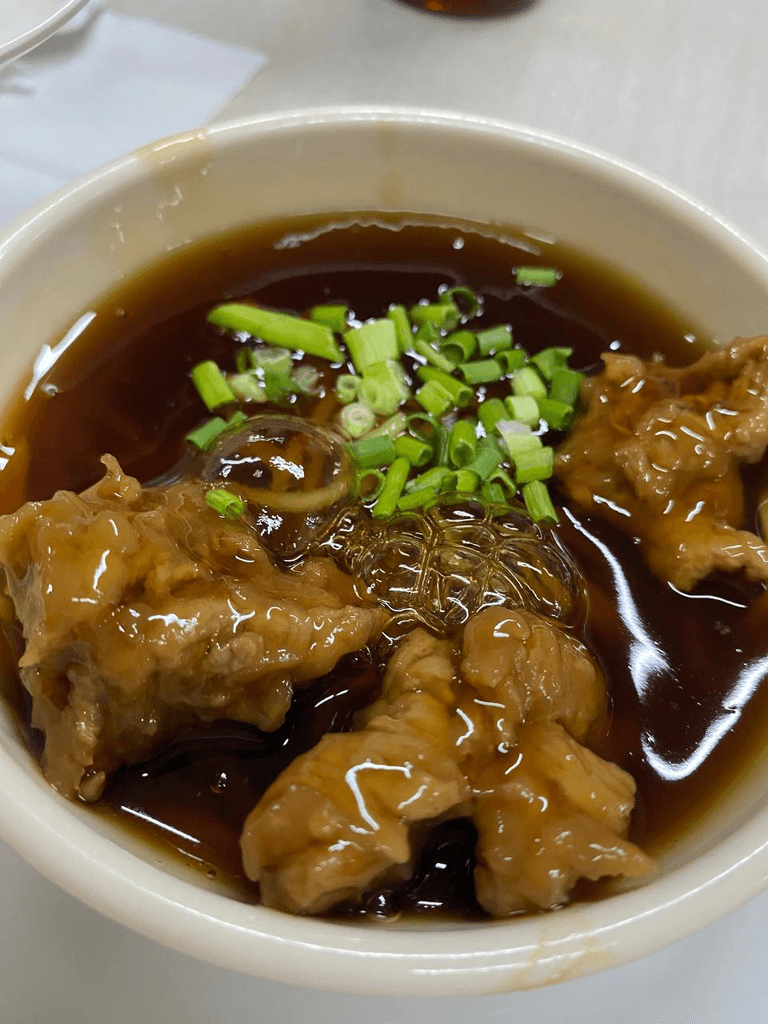
It was my first time to try maki mi, and it didn’t disappoint – it tasted even better mixed with a splash of black vinegar for some acidity.
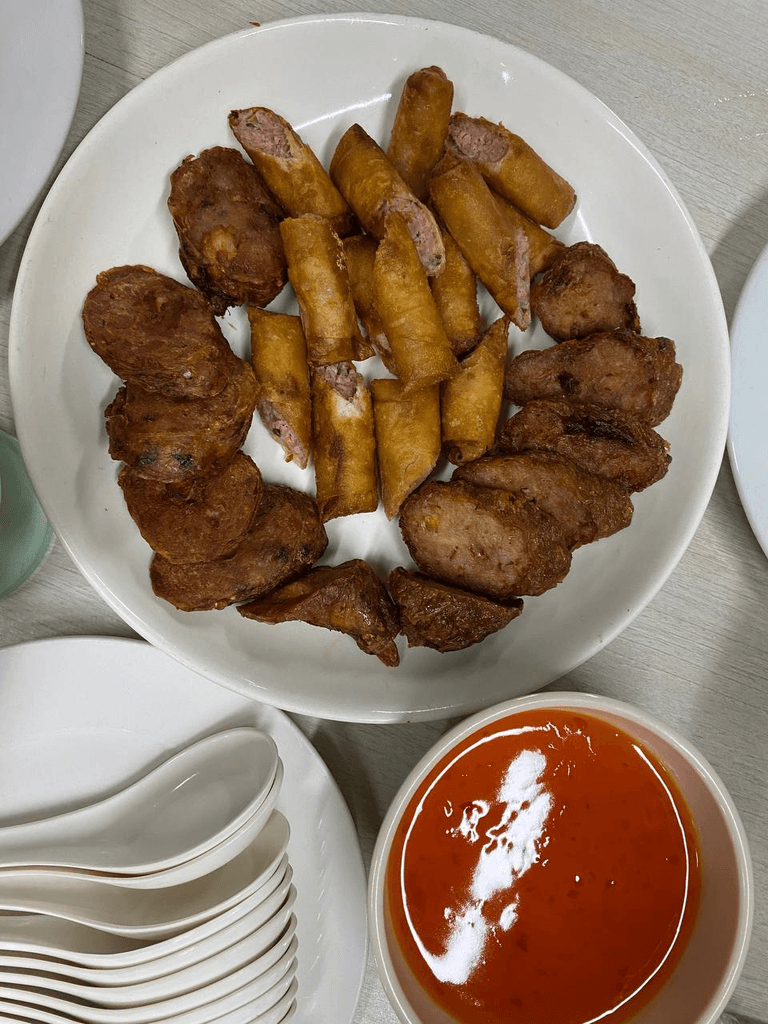

We were also served freshly fried kikiam and shanghai rolls with sweet chili sauce, plus freshly cooked, soft, and perfectly chewy buchi in various flavors – ube, peanut, lotus, and sesame. It was a very filling merienda that was the best cap off to a day of cultural sights and lots of food! – Rappler.com
Add a comment
How does this make you feel?
![[Rappler’s Best] Faking it](https://www.rappler.com/tachyon/2024/02/prabowo-feb-2024_INDONESIA-ELECTION.jpg?resize=257%2C257&crop=200px%2C0px%2C1240px%2C1240px)
![[WATCH] Dragons and delicacies at Cebu’s Red Lantern Festival](https://www.rappler.com/tachyon/2024/02/cebu-city-chinese-new-year.jpeg?resize=257%2C257&crop=291px%2C0px%2C1536px%2C1536px)
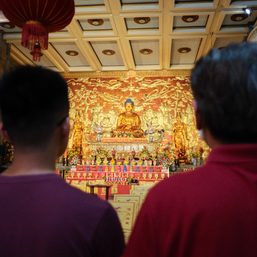






There are no comments yet. Add your comment to start the conversation.